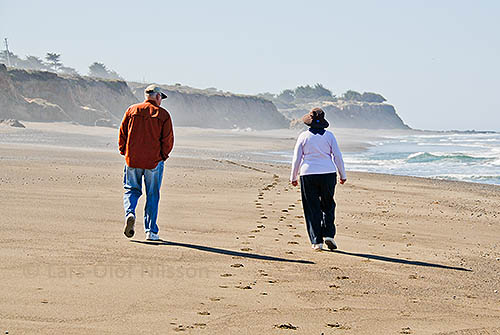In formal correspondence it is important to start – and end – a letter with the right tone.
How you can begin a letter or an email
If you know the name of the recipient, use the title and the surname after the word Dear.
Dear Ms O’Connor,
Dear Mr Harding,
Dear Dr Johnson,
Dear Professor Green,
Using the abbreviated form Prof may seem less respectful, and the full form is recommended.
As mentioned here, there is usually a period (a full stop) after abbreviated titles in American English. In American English the salutation is usually followed by a colon instead of a comma.
If a person’s name does not reveal whether it is a man or a woman and you are not sure, write the full name:
Dear Kim Nelson,
Dear Taylor Smith,
Don’t know the name?
If you do not know the name of the person you are writing to, try to find it out. Check the website of the journal, university, department, organisation, company, etc., under ”Staff”, ”About us” or ”Contact us”. You might also find out a person’s name on LinkedIn. Another option would be to call the office and ask for the name.
If you cannot find the name but know the person’s function, you can write, for example,
Dear Editor,
Dear Librarian,
Dear Recruiting Manager,
Dear Chief Technology Officer,
Dear Communications Director,
Dear President of Sales,
Dear Social Media Specialist,
Dear Research Assistant,
Dear Supervisor,
If you know neither the name nor the function of the person you are writing to, write
Dear Sir/Madam, and if you know the recipient is a man (woman), write Dear Sir, (Dear Madam,). If there are more than one recipient, you can write Dear Sirs,.
Some writers use the phrase
To whom it may concern, (in American English To Whom It May Concern),
but that may seem too impersonal.

Ending a letter or an email
To end a formal letter to a person whose name you know, write
Yours sincerely, (mainly British usage)
Sincerely yours, (mainly American usage)
If you do not know the name of the recipient, write
Yours faithfully, (British English)
Yours truly, (American English)
Slightly less formal endings would be
With best regards,
With kindest regards,
And more informal:
Regards,
Kind regards,
Best regards,
These last examples would be suitable in an email, since emails are seen as less formal than letters.

Recent Comments